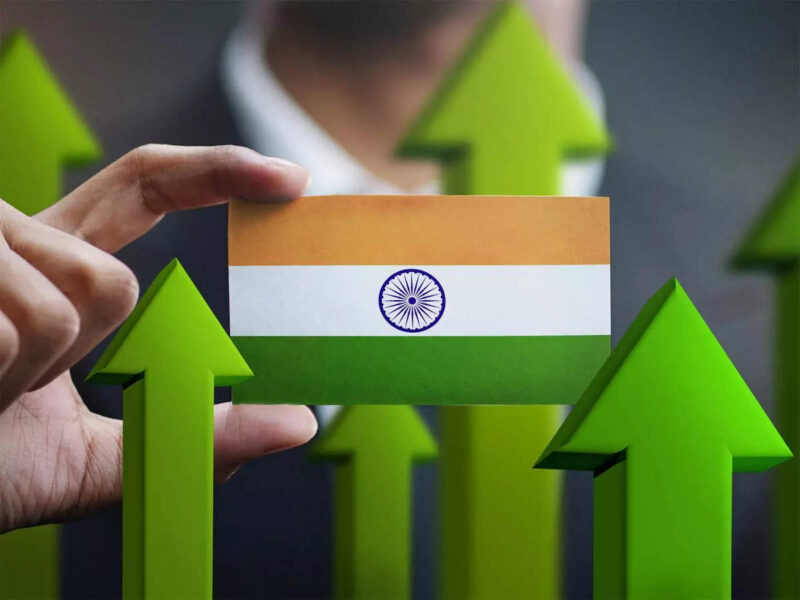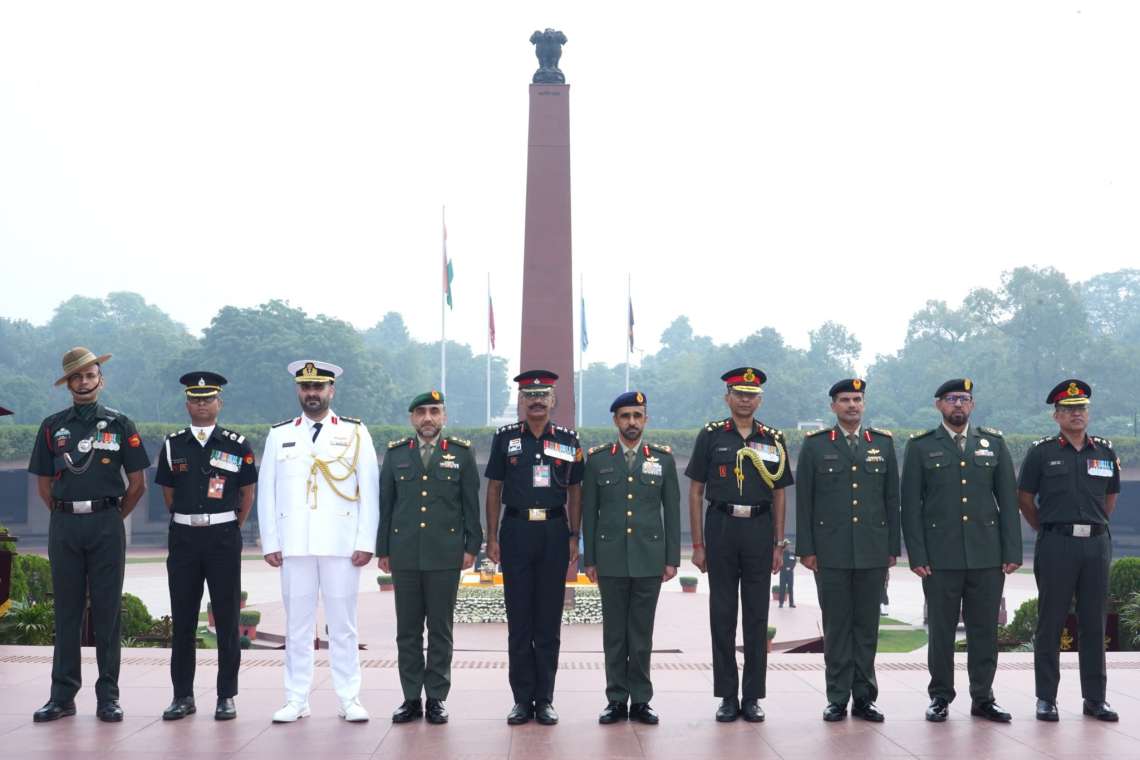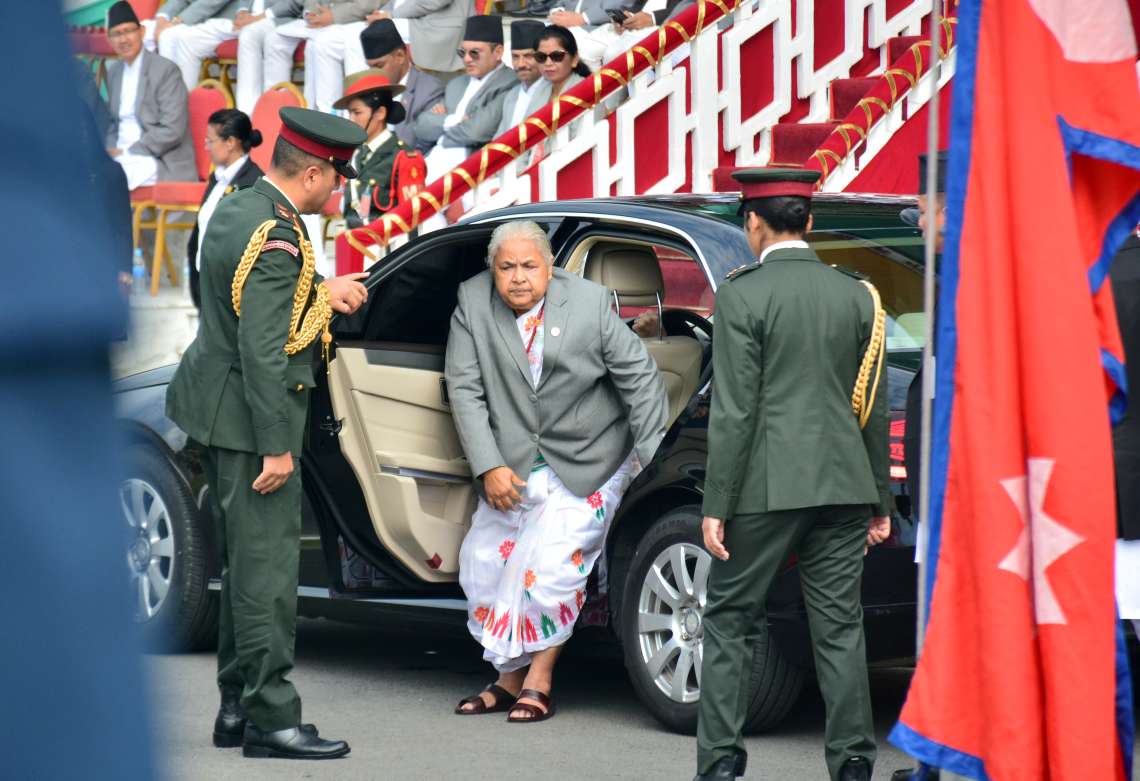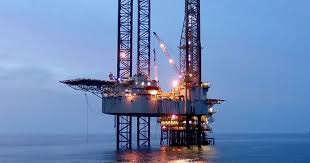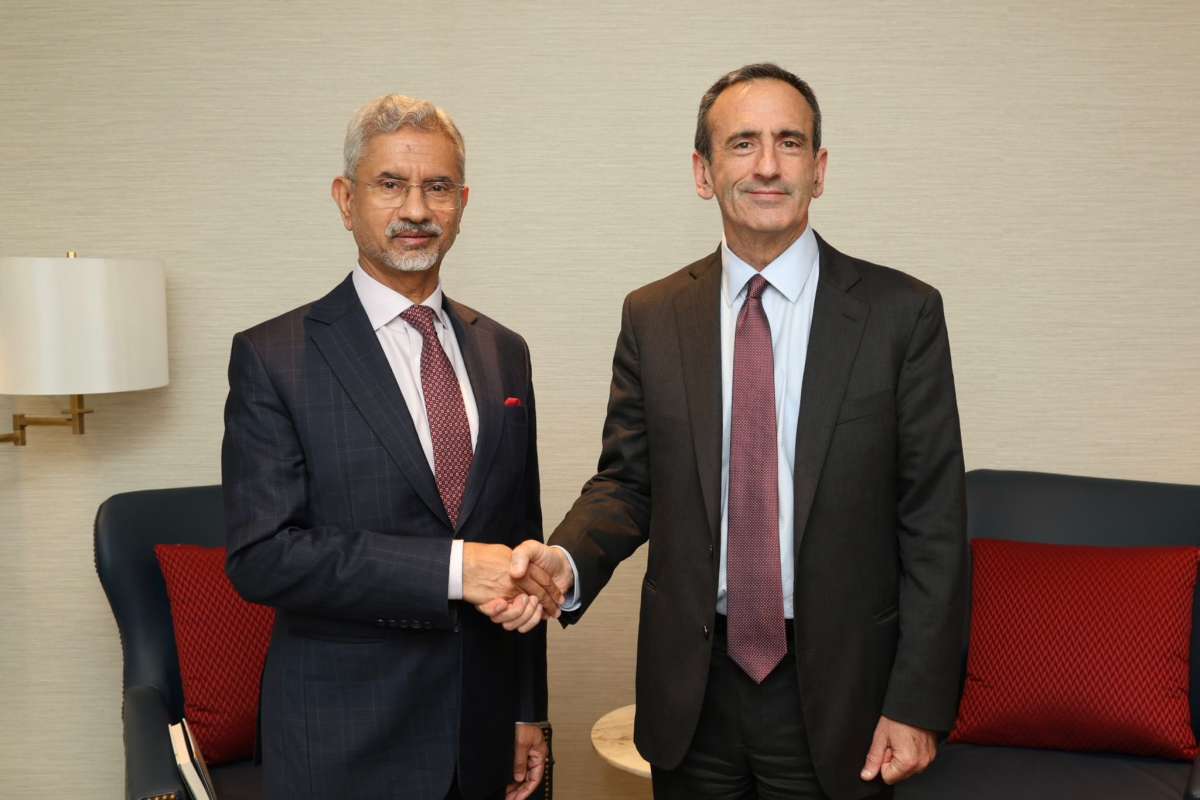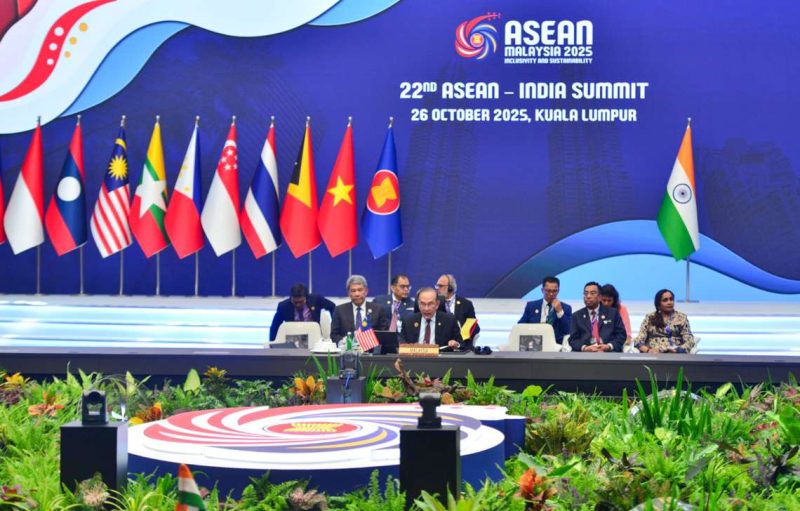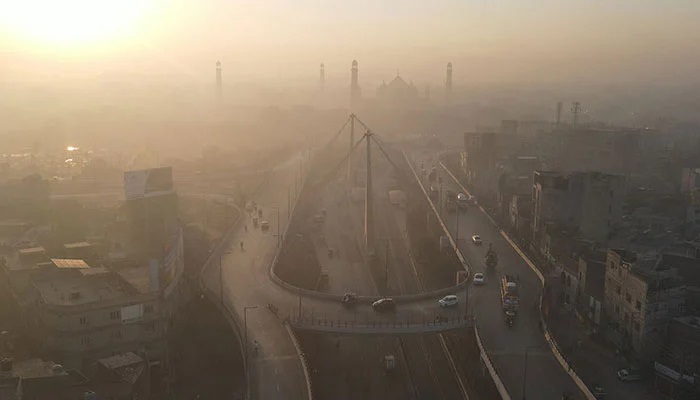Over the last decade, Make in India has been a catalyst for unprecedented growth in manufacturing, with exports surging across industries such as electronics, steel, renewable energy, electric vehicles, and defence. Going by the current trend, India is on track to achieve $1 trillion in exports by 2028….reports Asian Lite News
On September 25, 2024, India celebrated the 10th anniversary of the Make in India initiative, a visionary program that has had a profound impact on the country’s manufacturing sector and exports. Launched in 2014 by Prime Minister Narendra Modi, the campaign aimed to transform India into a global manufacturing hub by boosting production across multiple sectors. This effort has reduced India’s dependency on imports and significantly increased its export capacity, elevating India’s role in the global economy.
Over the last decade, Make in India has been a catalyst for unprecedented growth in manufacturing, with exports surging across industries such as electronics, steel, renewable energy, electric vehicles, and defence. As India marks this milestone, the initiative’s success is evident in the country’s rising exports, enhanced foreign investment, and improvements in ease of doing business.
Driving Exponential Growth Across Sectors
Since its inception, Make in India has driven exponential growth across various sectors. The most notable impact has been seen in the electronics industry, specifically mobile manufacturing. In 2014, India had only two mobile manufacturing units, but as of 2024, this number has skyrocketed to over 200. Mobile exports, once a mere ₹1,556 crore, now stand at ₹1.2 lakh crore—a staggering 7,500% increase. India now produces 99% of the mobile phones used domestically, making it the second-largest mobile manufacturer in the world.
Other sectors have witnessed equally impressive growth. For instance, India has become a net exporter of finished steel and has seen its investments in semiconductor manufacturing surpass ₹1.5 lakh crore. The renewable energy sector, too, has flourished, with India emerging as the fourth-largest producer globally, having increased its capacity by 400% over the past decade.

The electric vehicle (EV) market, virtually non-existent in 2014, is now valued at $3 billion. India’s defence exports have also surged from ₹1,000 crore to ₹21,000 crore, reaching over 85 countries. These achievements underline the success of Make in India in transforming the nation into a manufacturing powerhouse.
A key driver behind the success of Make in India has been the Production-Linked Incentive (PLI) scheme, introduced to attract foreign investment and promote domestic manufacturing. The PLI scheme was originally designed for select industries, such as mobile phones, pharmaceutical ingredients, and medical devices. By offering companies incentives on incremental sales of domestically manufactured goods, the scheme has generated significant investments and job creation.
Over time, the PLI scheme has been expanded to cover 10 additional sectors, including electronics, textiles, and chemicals. The scheme has been instrumental in fostering economies of scale, making domestic manufacturing more competitive and enhancing export capabilities. As a result, India’s total industrial production is expected to increase by over $520 billion during the implementation of the PLI policy.

India’s Manufacturing Exports Reach All-time High
The Make in India initiative has led to a remarkable surge in exports across several sectors, positioning India as a key player in global trade. In FY2022, India’s manufacturing exports reached an all-time high of $418 billion, with the country on track to achieve $1 trillion in exports by 2028.
India’s textile and apparel industry, long a cornerstone of the country’s exports, recorded significant growth during this period. Exports of textiles and apparel reached $44.4 billion in FY2022, representing a year-on-year increase of 41%. Similarly, the chemical industry has seen a surge in exports, driven by increased demand for organic and inorganic chemicals, dyes, and agrochemicals. In FY2022-23, chemical exports reached $8.24 billion.
The pharmaceutical sector, a critical component of India’s export strategy, has also benefited from Make in India. With a focus on producing over-the-counter medicines, generics, APIs, vaccines, and biosimilars, India has become a leading exporter in the global pharmaceutical market. Formulations and biologics constituted 73.31% of pharmaceutical exports in FY2022, further solidifying India’s reputation as a reliable supplier of affordable medicines.
In the steel industry, India has emerged as the second-largest producer of crude steel, with exports of finished steel reaching 13.49 million tonnes in FY2022. This growth has been supported by improvements in infrastructure, industrial parks, and streamlined administrative processes at the state level.
One of the central goals of the Make in India initiative has been to improve India’s ease of doing business. Over the past decade, the country has made significant strides in this area, climbing global rankings and attracting record foreign direct investment (FDI). In the first year of Make in India, FDI inflows stood at $45.15 billion. By FY2021-22, FDI had reached an unprecedented $83.6 billion, with India on track to attract $100 billion in the current fiscal year.

Manufacturing and Export Sectors Poised for Greater Growth
The introduction of the National Single Window System (NSWS) in 2021 has further simplified business processes, reducing bureaucratic red tape and enhancing access to markets. Additionally, the Prime Minister’s Gatishakti program has improved multimodal connectivity to manufacturing zones, reducing logistics costs and improving market access for manufacturers.
While large-scale industries have received considerable attention under Make in India, niche sectors like the toy industry have also flourished. To reduce imports and promote domestic manufacturing, the Indian government increased customs duties on toy imports from 20% to 60%. This move, coupled with initiatives like Toycathon 2021 and the India Toy Fair 2021, has resulted in a 239% increase in toy exports while halving imports. Indian-made toys are now in demand in global markets, further showcasing the success of the initiative.
As Make in India enters its second decade, the country’s manufacturing and export sectors are poised for even greater growth. With rapid urbanization, increasing disposable incomes, and growing demand for technology, the future looks bright for Indian manufacturers. The transition to 5G, the introduction of artificial intelligence, and the expansion of the Internet of Things (IoT) are expected to drive demand for electronics and high-tech goods, offering new opportunities for Indian manufacturers.
Make in India has not only transformed India’s manufacturing landscape but has also positioned the country as a global leader in exports. The initiative’s success can be seen in the exponential growth of various industries, improvements in ease of doing business, and record-breaking FDI inflows. As India continues to innovate and expand its manufacturing capabilities, it is well on its way to becoming a global economic powerhouse.
ALSO READ: China unveils regulations on network data security management
ALSO READ: ‘Disrupts regional stability’: Taiwan condemns China’s ICBM test


